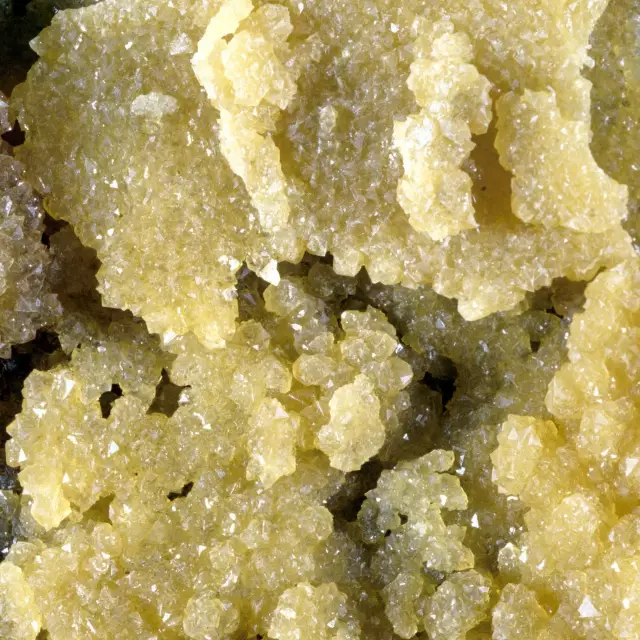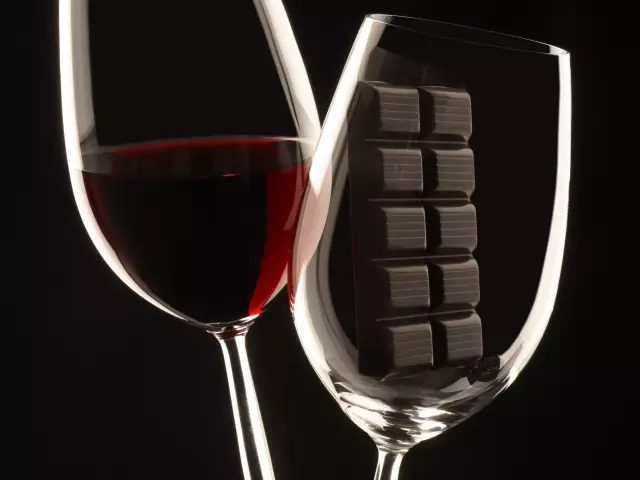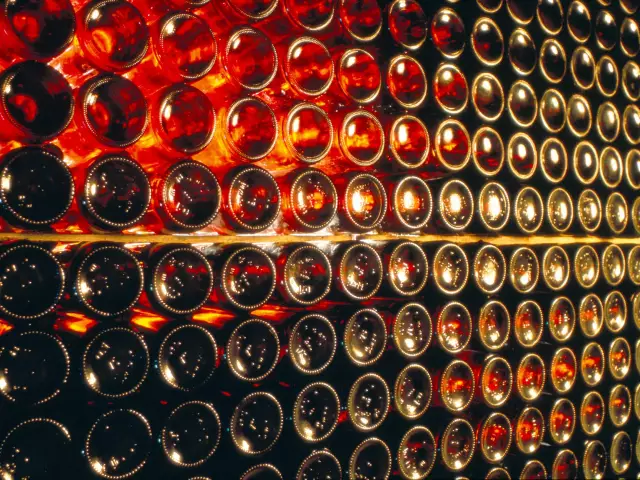Wine Crystals

To set the record straight: tartrate crystals in wine, known as "Weinstein" in German, are neither harmful nor a sign of poor quality; on the contrary, they are characteristic of wines that are rich in minerals.
Tartrate Crystals – a feature of fine wine
While tartrates can crystallize in young wines, they are most likely to precipitate in older, top-quality wines, such as Auslese, Beerenauslese or Trockenbeerenauslese. The tiny crystals that form on the bottom of the cork or on the sides of the bottles are the mark of a wine that has had the benefit of long bottle aging.
Layers of tartrate deposits slowly develop on the walls of wine barrels, too. When illuminated, the interior of an old cask resembles an icy cave full of glistening crystals.
How do Crystals Develop in Wine?
Riper grapes have higher levels of tartaric acid. The longer grapes ripen on the vine, the longer they have to absorb minerals from the soil. Little by little crystals can develop when these minerals come into contact with tartaric acid. Rather than dissolving in the wine, they precipitate and form a deposit on the sides or bottom of the bottle, on the cork, or on the inside of the barrel.
Crystals in the Bottle – More Aroma in the Wine
Although tartrate crystals do not influence the quality of a wine, there is an interesting correlation between the two. Slow fermentation at low temperatures helps conserve a wine¹s aroma compounds. It also results in tartrate deposits developing later, in the bottle, rather than while the wine is still in the barrel. As such, crystals can be regarded as the mark of a good winemaker and a wine of quality.
Another kind of wine crystal
Fine, almost dust-like crystals are sometimes found in high-quality Auslesen, Beeren- and Trockenbeerenauslesen or ice wines. However, this is usually not tartaric crystals in the proper sense, but natural calcium salts that have precipitated due to higher storage temperatures. In addition, a so-called deposit often forms in rich and tannin-rich red wines. This rather powdery, dark-colored sediment is created from tannins and pigments that combine with age and sink to the bottom.
Neither these nor the tartaric crystals harm the wine in any way and do not reflect the quality. It is more of an aesthetic issue that it is not desirable in the glass. Pouring the wine gently leaves the tartar in the bottle. In the case of red wines, decanting beforehand helps - ideally in front of a light source, which makes it easy to see whether the sediment remains.
topical page: quality standards
topical page: grape varieties
What is "gushing" and what role do tartrate crystals play in it?
Tartrate can become a problem in carbonated beverages and especially in sparkling wine, as it offers many so-called condensation nuclei for the carbonic acid. It is released at these points and extreme foam development occurs - gushing.
Teaser
Events
-
Show
winetasting in our winery - cheese & wine
Mainz-Hechtsheim




